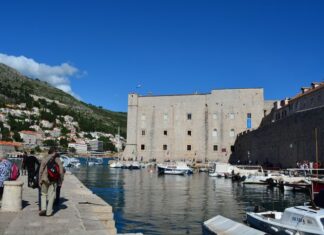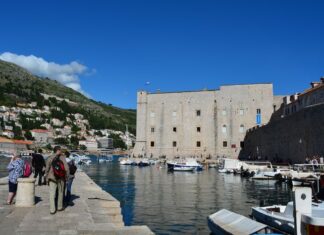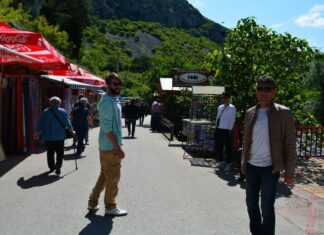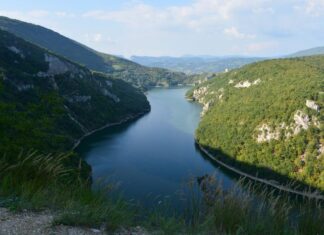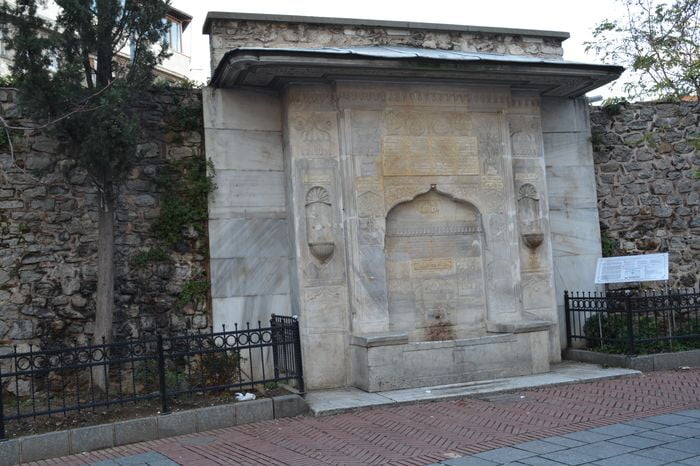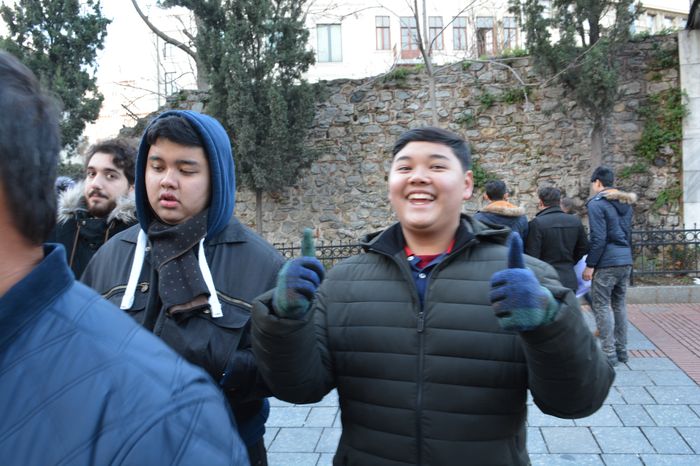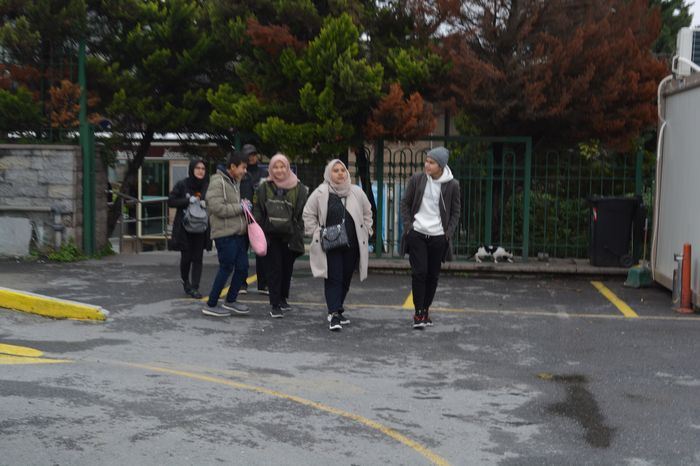Saksagan
The Origin of the Name Mars Hill
Mars Hill, or the Areopagus, is one of the most famous places in Athens. According to tradition, the hill got its name because Ares,...
Excavations at Ancient Corinth
The American School of Classical Studies began systematic excavations at Corinth in 1896. Their goal has been to uncover the entire ancient city and...
Beginnings of Original Work
The American School of Classical Studies at Athens has been conducting original excavations since 1886. The results of these efforts can still be seen...
Identifying the Gate of St. Romanus
Identifying the Gate of St. Romanus (Top Kapı)
Top Kapoussi (modern Top Kapı), located between the sixth and seventh towers north of the Fourth Military...
Identifying the Gate of the Red Faction
Identifying the Gate of the Red Faction (Porta Rhousiou)
The identification of this gate with the name of the Red Faction—Porta Rhousiou—is supported by two...
The Third Military Gate and Its Surroundings
The Third Military Gate is located a short distance north of the Gate of the Pege. It stands between the fourth and fifth towers...
Latin Inscription and Its Meaning
A Latin inscription carved into the Inner Wall of Constantinople reads:
"PORTARUM VALID FIRMAVIT LIMINE MUROS, PUSAEUS MAGNO NON MINOR ANTHEMIO."
This can be roughly translated...
Repairs on the Theodosian Walls
The Theodosian Walls of Constantinople were some of the strongest city walls in the medieval world. Keeping these walls in good condition was extremely...
The Kerko Porta and Its Discrepancies
The history of the Kerko Porta is a bit confusing due to a key issue. According to the historian Ducas, the Kerko Porta led...
The Pigeons of the Bayezid Mosque
The famous Bayezidiyeh Mosque, also called the Pigeon Mosque, was built in 1497 by Sultan Bayezid II. It gets its nickname from the many...




